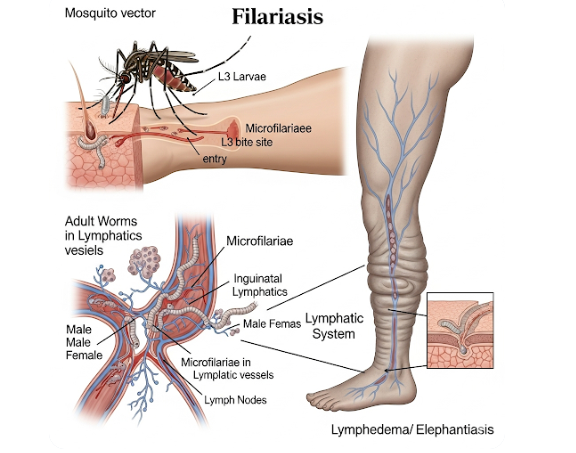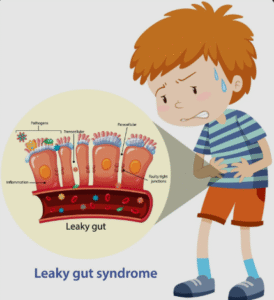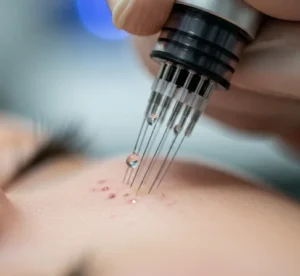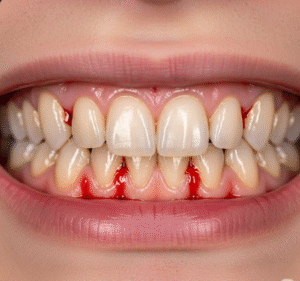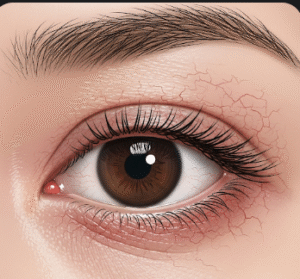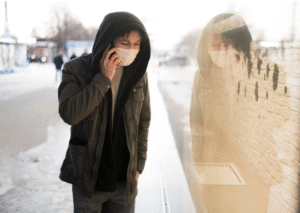Overview
Filariasis is a parasitic disease caused by thread-like filarial worms that infect the lymphatic system. It is transmitted through mosquito bites carrying the larvae. While filariasis is rare in Korea, cases may occur in travelers returning from endemic regions in Southeast Asia, Africa, or the Pacific Islands. The disease can cause chronic swelling, lymphatic damage, and disability if untreated.
Korean hospitals provide diagnosis, treatment, and preventive counseling for filariasis, particularly for travelers and immigrants. Awareness campaigns and preventive measures help minimize the risk of local transmission.
What is Filariasis?
Filariasis is a vector-borne parasitic infection caused by nematode worms such as Wuchereria bancrofti, Brugia malayi, and Brugia timori. The parasites live in the human lymphatic system, leading to lymphatic obstruction and fluid accumulation over time.
The infection can be:
- Asymptomatic – early-stage infections may not show symptoms
- Acute – fever, inflammation, and lymph node swelling
- Chronic – long-term lymphatic damage causing elephantiasis (severe limb swelling)
Symptoms
- Swelling of arms, legs, breasts, or genitalia (elephantiasis in chronic cases)
- Fever and chills
- Pain or tenderness in lymph nodes
- Skin thickening or hardening
- Recurrent bacterial infections in affected areas
Causes
- Bite from infected mosquitoes (Culex, Anopheles, Aedes)
- Larvae migration to lymphatic vessels after entering the bloodstream
- Long-term lymphatic damage caused by the adult worms
Risk Factors
- Traveling to or living in endemic countries (Southeast Asia, Africa)
- Prolonged exposure to mosquito bites
- Poor access to preventive healthcare and anti-parasitic measures
- Immune system deficiencies
Complications
- Chronic lymphoedema leading to disability
- Elephantiasis (extreme swelling of limbs)
- Skin infections due to impaired lymphatic drainage
- Psychological and social impact from chronic disfigurement
Prevention
- Mosquito bite prevention: use repellents, bed nets, and protective clothing
- Mass drug administration in endemic countries
- Screening travelers returning from high-risk areas
- Regular health checks for early detection
Treatment Options in Korea
Diagnosis
- Blood tests to detect microfilariae (usually collected at night)
- Ultrasound or MRI for lymphatic damage
- Serology tests to identify filarial antibodies
Medical Treatments
- Diethylcarbamazine (DEC) – kills microfilariae and some adult worms
- Ivermectin – targets microfilariae
- Albendazole – sometimes used in combination
- Antibiotics – for secondary bacterial infections
Surgical & Advanced Therapies
- Lymphatic reconstructive surgery for chronic lymphedema
- Physiotherapy – to improve lymph flow and reduce swelling
- Compression therapy – for affected limbs
Rehabilitation & Support
- Skin care routines to prevent infections
- Regular exercise to improve lymphatic drainage
- Counseling and support groups for patients with chronic complications

